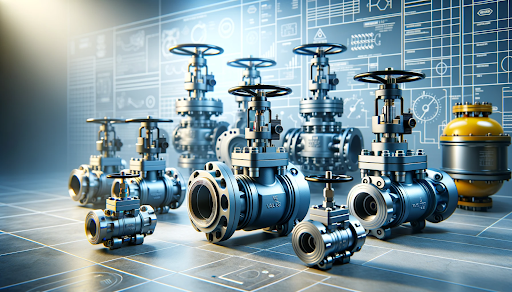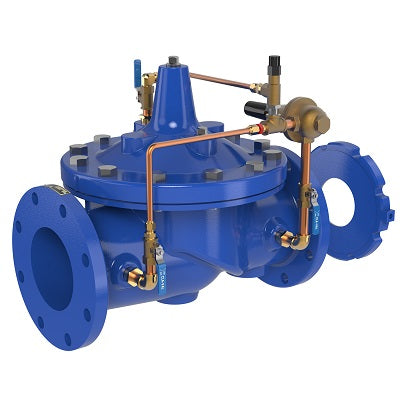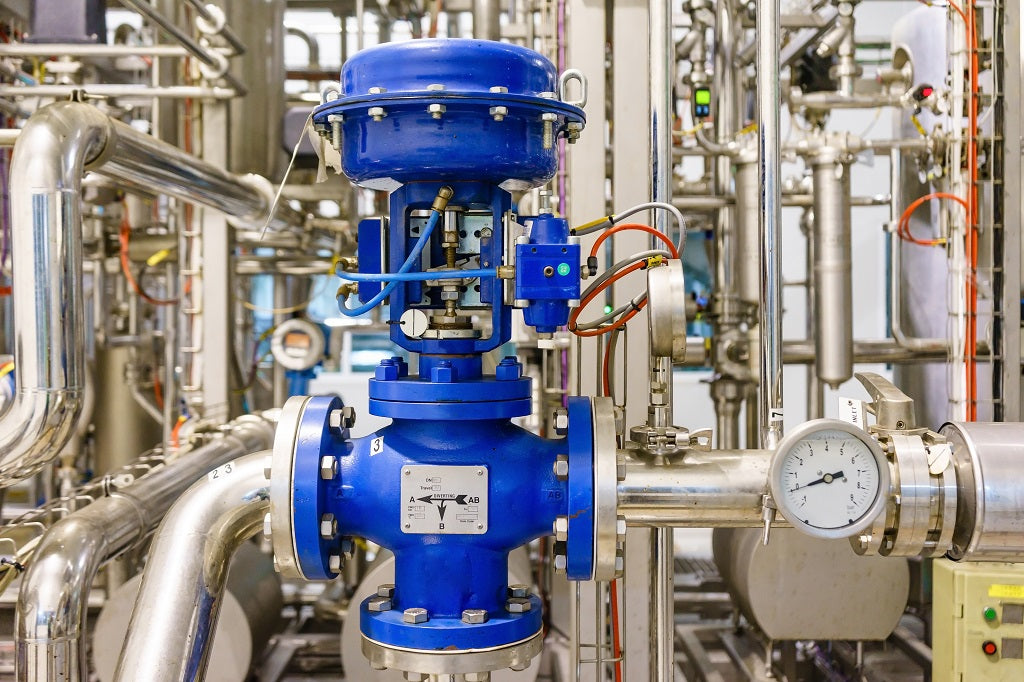Choosing the Right Control Valves: A Guide to Ideal System Performance
Choosing the Right Control Valves: A Guide to Ideal System Performance
Blog Article

Maximize Energy Financial Savings and Comfort With Advanced Building Automation Controls
In the realm of contemporary architecture and center administration, the assimilation of sophisticated structure automation manages stands as a critical innovation. By taking advantage of the power of automation, buildings can adjust, respond, and progress in means that were as soon as inconceivable.
Power Performance Conveniences
Power efficiency advantages can significantly reduce energy consumption and operational costs in structures. Energy-efficient systems, such as sophisticated structure automation controls, can enhance the usage of resources like illumination, heating, and cooling, leading to lower power expenditures over time.
Furthermore, enhanced power efficiency can prolong the lifespan of structure devices and systems. By running much more effectively, a/c systems, light, and other building parts experience much less wear and tear, causing reduced upkeep and substitute expenses. Furthermore, energy-efficient structures commonly command higher building values and rental prices, offering long-lasting economic advantages to proprietors.
In addition, energy effectiveness can boost owner convenience and productivity. Correctly regulated interior settings with ideal lighting and thermal conditions develop an even more conducive and enjoyable work area, resulting in enhanced staff member satisfaction and efficiency. On the whole, the energy efficiency advantages associated with advanced building automation controls are multifaceted, including price savings, ecological stewardship, and resident health.
Improved Comfort Control
Enhancing comfort control in building atmospheres needs an advanced combination of sophisticated automation systems for ideal passenger wellness. By using innovative structure automation controls, centers can tailor the interior setting to fulfill the certain needs and choices of owners. control valves.
Boosted convenience control exceeds basic temperature level modifications. It includes features such as personalized settings, occupancy sensors, and natural light use to produce a receptive and vibrant environment. By including these innovative controls, structures can not only boost comfort however also improve power performance by maximizing system operations based on actual occupancy and use patterns. Eventually, focusing on resident comfort with advanced automation systems leads to a much more enjoyable and much healthier indoor atmosphere.
Functional Performance Improvements

Moreover, the execution of real-time tracking and analytics devices allows structure drivers to determine energy ineffectiveness and operational abnormalities without delay. By continuously keeping track of power usage patterns their website and system efficiency metrics, adjustments can be made in real-time to maximize power consumption and ensure peak functional efficiency. control valves. Furthermore, incorporating demand response approaches right into structure automation controls can further improve operational effectiveness by dynamically changing energy use based on grid problems and pricing signals
Indoor Environment Optimization
Reliable interior climate optimization is an essential facet of structure automation controls, ensuring owners' convenience and well-being while making the most of power cost savings. By utilizing innovative sensing units and controls, building automation systems can constantly change and keep an eye on temperature, moisture degrees, air high quality, and ventilation to produce an optimal interior environment. Maintaining consistent and comfy problems not just boosts passenger fulfillment however additionally boosts efficiency and overall health.
Interior climate optimization additionally plays a critical function in power efficiency. By fine-tuning home heating, air flow, and cooling systems based on real-time data and tenancy patterns, constructing automation controls can considerably lower energy intake - control valves. Implementing methods such as demand-controlled air flow and thermal zoning can assist minimize power waste while making certain that each location of the building obtains the necessary conditioning.

Sustainable Setting Creation
Building automation controls not just optimize interior environment conditions for power performance and occupant comfort however also lay the structure for developing a sustainable environment through strategic monitoring of sources and systems. By integrating innovative structure automation technologies, such as sensing units, actuators, and intelligent software, centers can monitor and change energy use in real-time to reduce waste and reduce their carbon footprint. These systems enable anticipating upkeep, determining prospective problems prior to they escalate and optimizing devices performance to improve long life and effectiveness.
In addition, lasting setting production extends past energy administration to encompass water preservation, waste decrease, and indoor air quality renovation. Building automation controls can manage water use, detect leaks, and make certain proper garbage disposal practices, adding to overall sustainability efforts. Furthermore, by managing and keeping track of ventilation and purification systems, these modern technologies boost occupant wellness and efficiency while lowering energy consumption related to a/c procedures.
Verdict
Finally, advanced structure automation controls deal considerable benefits in terms of power savings, comfort control, operational effectiveness, indoor environment optimization, and producing a lasting setting. By applying these like this controls, buildings can attain optimum efficiency while decreasing power consumption and enhancing occupant comfort. It read the article appears that making use of sophisticated automation innovation is vital in improving structure efficiency and developing a more lasting future.
Power effectiveness advantages can significantly minimize energy intake and operational costs in structures. Generally, the energy performance advantages linked with innovative building automation controls are diverse, incorporating expense financial savings, environmental stewardship, and occupant well-being.
Furthermore, including need feedback strategies into building automation controls can better boost functional effectiveness by dynamically adjusting power use based on grid conditions and rates signals.
Structure automation regulates not just optimize interior climate conditions for power performance and passenger convenience yet also lay the structure for producing a lasting environment through critical monitoring of sources and systems.In conclusion, advanced building automation regulates deal significant advantages in terms of energy savings, convenience control, functional efficiency, interior environment optimization, and producing a sustainable setting.
Report this page